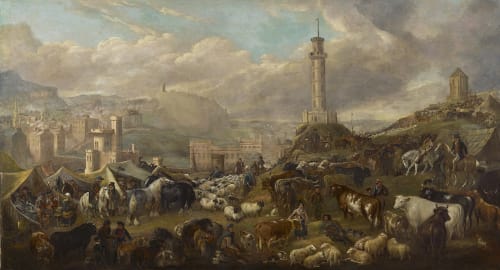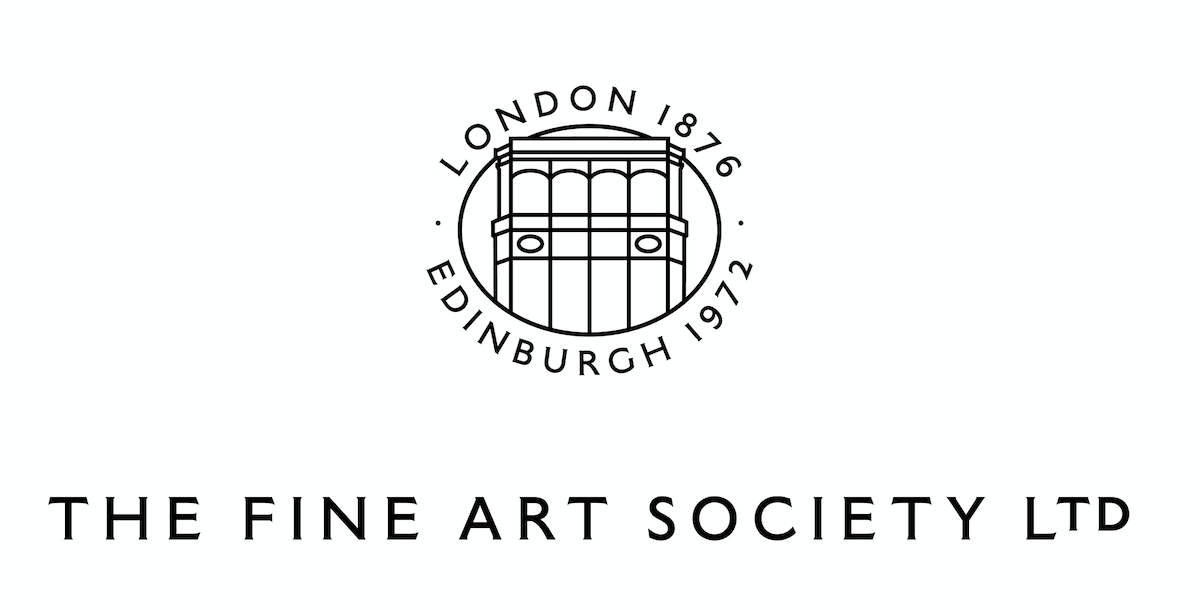Notable: Highlights from the year
Notable drew together a selection of the most memorable and significant paintings to have passed through the doors of The Fine Art Society in Edinburgh in 2017. The rarity, ingenuity, ambition and technical wizardry of these works – dating from the 17th century to the present – marked them out for inclusion. Genres stretch wide: still life, landscape and historical to genre, portraiture, sculpture and construction.
Our earliest work was by William Gouw Ferguson, a Scots-Flemish painter of still life from the mid to late 17th century. His still lifes record hunting trophies of songbirds, their bright plumage set against dark interiors. Works by Alexander Nasmyth, Alexander Carse and James Howe took the show from the Enlightenment into the 19th century. Howe’s particularly impressive panorama of Edinburgh from Calton Hill gives a snapshot of society and culture set against Edinburgh’s evolving cityscape in the 1820s. Ophelia, a large and important work by Sir William Quiller Orchardson brought us to the 1870s. Painted in his singular way, this artist who was so greatly admired by Degas reveals his Shakespearean subject by presenting as much her psychological state of mind as her physical beauty. Its loose, painterly style and mournful characterisation was greatly criticised at the time of its exhibition in 1874, although with hindsight we can appreciate the artist’s progressive technique.
From here the show moved to the Glasgow Boys with a large and stylish oil on canvas by James Whitelaw Hamilton, a painting that won the artist a medal at the Munich Session in 1895. A very rare watercolour by Arthur Melville of Mosul showed the artist’s mastery at watercolour.
Scottish landscape is often considered to be the most typical of Scottish genres, its views as varied as the scenes they depict. In Notable, a dark and snowy sunset of cattle being driven homeward by Joseph Farquharson was set in contrast to D Y Cameron’s almost technicolour highland landscape near Loch Ness.
Pat Douthwaite’s 1964 work, Teddy Boys, shows an artist that doesn’t fit neatly into any art historical box – something which makes her all the more interesting for it. Rather like her slightly younger contemporary, John Byrne, who ploughs his own furrow. His was a self-portrait with a skeleton, a momento mori, leaning against the artist’s temple, casually drawing on a ciggie. Will Maclean, a contemporary of both these artists, was represented by a small group of work from the late 1970s and early 1980s. His constructions take motifs from the cultures and mythologies of the sea and the Highlands. Finally Tim Pomeroy, a sculptor from Arran, concluded the show with a mighty piece of granite painstakingly carved into a mimosa seed.

















